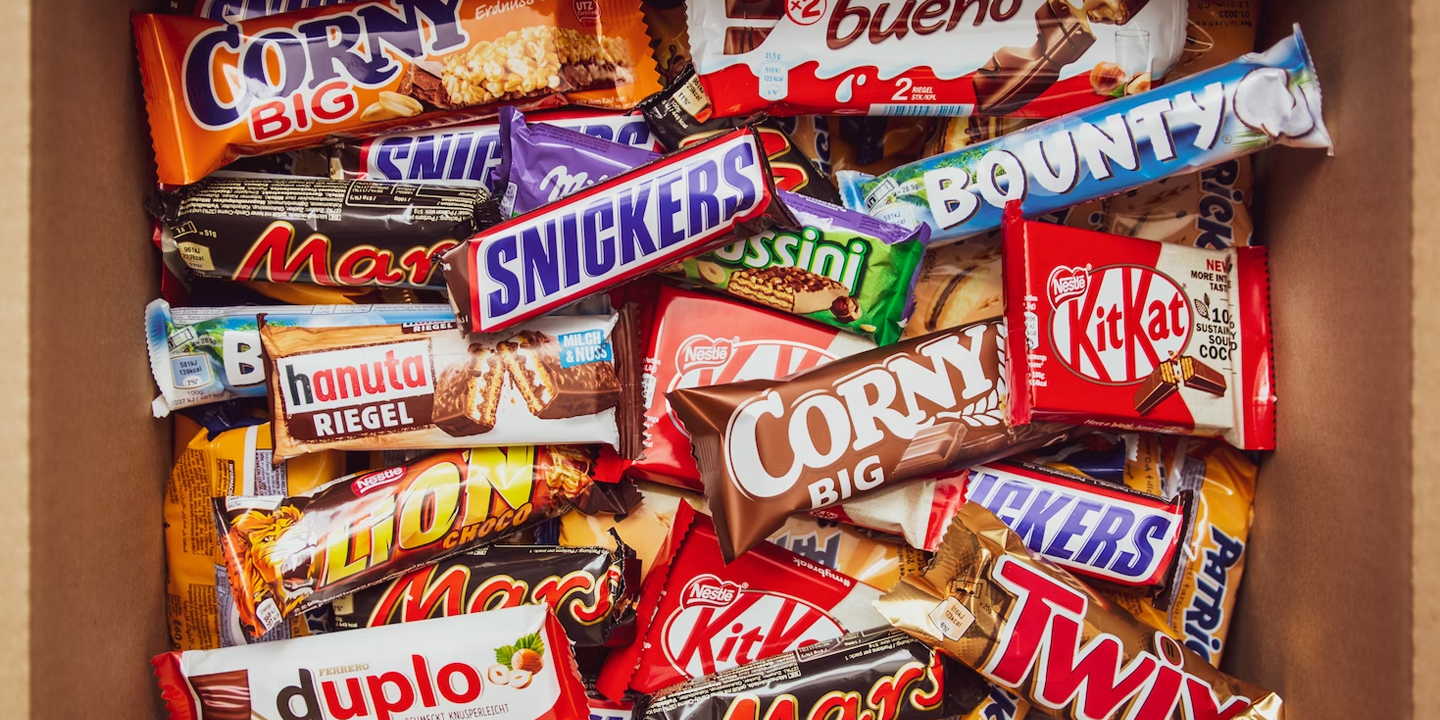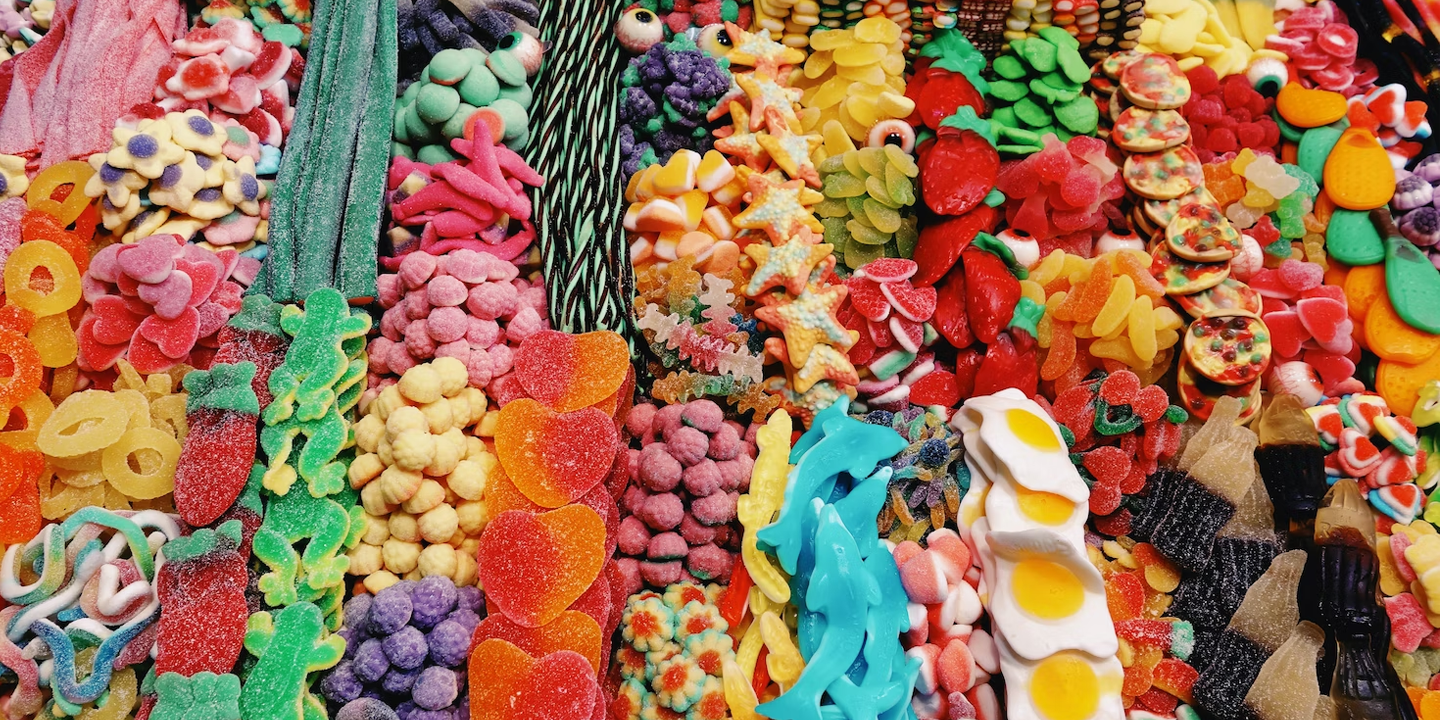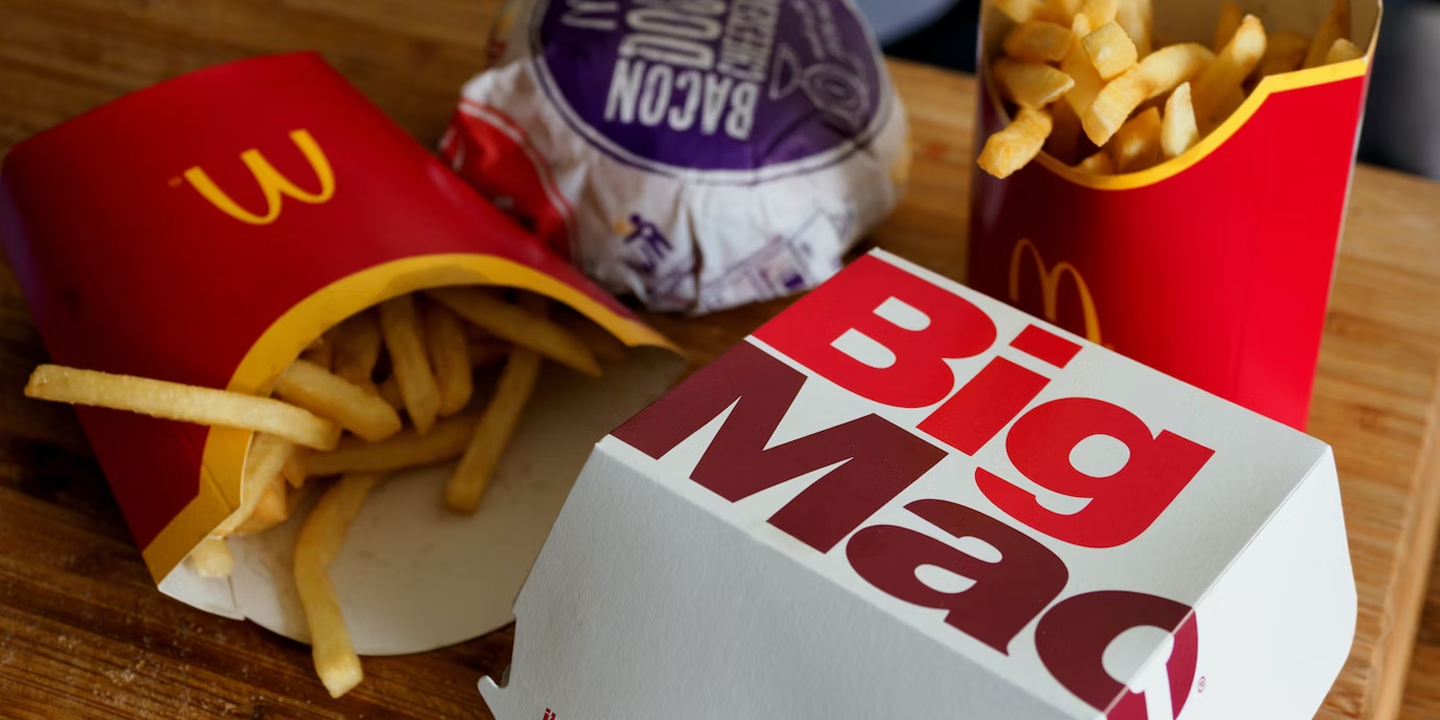10 Best Foods To Eat After Dental Surgery & 10 To Completely Avoid
Foods That Heal And Hurt
Dental surgery may be over in a single appointment, but the recovery lingers with every bite you take. The foods you choose in those days can bring comfort and healing, or they can set you back with unnecessary pain. Here, we’ll cover the choices that matter most and offer you a helpful perspective on eating with care, so you can ensure easy recovery with the utmost attention. Let’s start with things you can eat after a dental surgery.
1. Mashed Sweet Potatoes
Soft and smooth, mashed sweet potatoes are gentle on healing gums. Packed with vitamin A, they help with tissue repair quickly after surgery. Their calming sweetness makes them tastier than plain potatoes, and mild herbs or butter add flavor safely.
2. Greek Yogurt With Honey
Protein-rich Greek yogurt rebuilds tissues, while its creamy texture makes swallowing gentle. Honey adds antibacterial benefits, which can act as a mouth cleaner. Served cool, yogurt soothes soreness and also supplies calcium for stronger teeth and bones.
3. Scrambled Eggs With Cheese
When softness matters, scrambled eggs deliver a fluffy comfort. You can make them extra soft with a little milk or cream. They’re packed with protein and B vitamins that fuel faster recovery, and adding cheese provides an extra calcium boost for gums and bones.
4. Banana Smoothie
There’s no need for chewing when bananas are blended into a smoothie. Served chilled, they soothe sore gums like an ice pack, and their fiber can make digestion comfortable. Naturally sweet and rich in potassium, they help control swelling and maintain fluid balance.
5. Unsweetened Applesauce
Applesauce is smooth and easy to swallow, so it won’t irritate surgical wounds. It hydrates while delivering vitamin C, which helps to repair tissues. Unsweetened versions satisfy cravings without harming recovery, and slightly chilled, they provide a soothing cooling effect.
 Veganbaking.net from USA on Wikimedia
Veganbaking.net from USA on Wikimedia
6. Cream Of Wheat
Gentle on sore gums, Cream of Wheat slides down easily without chewing. Thinned with milk or water, it becomes even smoother, and a sprinkle of cinnamon adds safe flavor. Iron in it helps the body form red blood cells for recovery.
7. Ripe Avocado
Healing areas are spared stress as avocados are naturally creamy and soft. Loaded with healthy fats, it fuels energy and supports tissue repair. With more potassium than bananas, it helps reduce swelling. Mash into a spread or pair with eggs.
8. Chicken Broth
Since chicken broth is liquid-based, it keeps you hydrated without chewing. Electrolytes like sodium and potassium aid healing, while warmth provides comfort. When sipped slowly, it avoids irritation around wounds. Homemade broth goes further, delivering minerals from the bones.
9. Soft Cottage Cheese
Soft cottage cheese delivers a protein boost that helps tissues mend quickly. Its creamy texture is easy on gums, and it’s calcium strengthens teeth and bones. Being mild in flavor also means it won’t overwhelm a sensitive palate.
 jules (Jules Clancy) on Wikimedia
jules (Jules Clancy) on Wikimedia
10. Baked Salmon
Tender and flaky, baked salmon is easy to chew lightly or swallow. Baking can make it stay moist, so it doesn’t dry out, and unlike tougher meats, this fish falls apart gently on the fork. Plus, omega-3 fatty acids reduce inflammation.
While you can eat these, there are some foods you want to avoid, like the ones ahead.
1. Popcorn Kernels
Hulls from popcorn can easily get trapped in surgical wounds and cause infections, and the hard kernels may irritate or reopen stitches. Even small leftover bits are almost impossible to remove without tools, and the crunchy texture is harsh on sore gums.
2. Roasted Almonds
Extremely hard in texture, almonds put pressure on sensitive gums. Broken pieces leave sharp edges that scrape healing tissues, and slivers can poke into soft gums and cause pain. Ground into butter, almonds are safe, but whole nuts remain risky.
3. Garlic Breadsticks
While a dense, crusty texture makes breadsticks likely to cut or irritate healing gums, their hardness turns chewing into a risk for stitches. Garlic oils can sting when touching wounds, and dipping in soup often fails to soften them enough.
4. Crunchy Granola Clusters
Granola breaks into sharp fragments that irritate surgical wounds. It's hard clusters demand heavy chewing, which strains gums, and even so-called “soft-baked” bars often contain hidden crunchy bits. Plus, tiny crumbs can lodge in wounds and create pain.
 Ruth Hartnup from Vancouver, Canada on Wikimedia
Ruth Hartnup from Vancouver, Canada on Wikimedia
5. Beef Jerky
Chewy and fibrous, jerky is nearly impossible to manage with sore gums. Not only can it tug on stitches or lodge in healing areas, but its salty surface stings open wounds, too. And, yes, even healthy teeth find it one of the toughest snacks.
6. Fresh Pineapple
Natural acids in pineapple sting wounds and slow healing. That tough, fibrous texture makes chewing difficult and unsafe, and the bromelain it contains can irritate sensitive tissues. Blend it, and the juice is still too acidic for fresh surgical wounds.
7. Hot Chili Peppers
Capsaicin from chili peppers burns sensitive gums and wounds, and that burning sensation prolongs soreness and discomfort after surgery. Oils from the peppers cling to soft tissues, keeping the heat around longer. Spicy foods feel far hotter when the mouth is healing.
8. Saltine Crackers
Crackers crumble into sharp pieces that scrape healing gums. Their dry texture can stick to wounds and be difficult to remove, and when softened in soup, sharp edges remain irritating. Salt content makes the mouth sting and dry out further.
9. Mochi Rice Cakes
Dense and sticky, mochi often pulls at stitches during recovery. The starch makes it difficult to clean out of the mouth, and its chewy texture clings to both gums and teeth. Known in Japan for choking risks, it’s problematic even for healthy eaters.
10. Raw Carrot Sticks
Strong chewing is required for carrots, which strains healing gums, and their hard texture can cause pain or even disrupt stitches. Shredded carrots may look softer but still irritate when chewed, and baby carrots, often thought soft, are too hard after surgery.
KEEP ON READING

The Most Popular Chocolate Bars in the USA
























